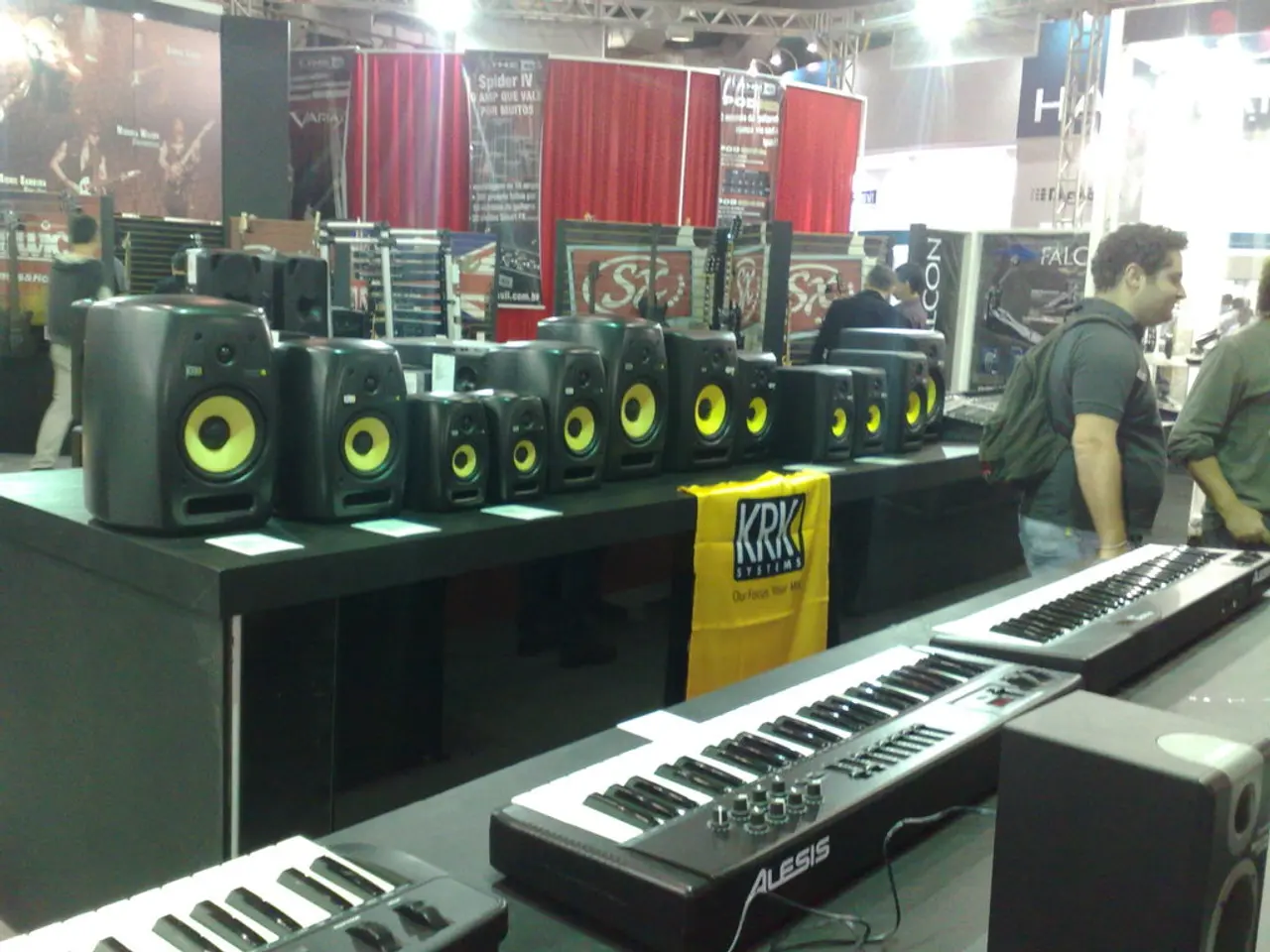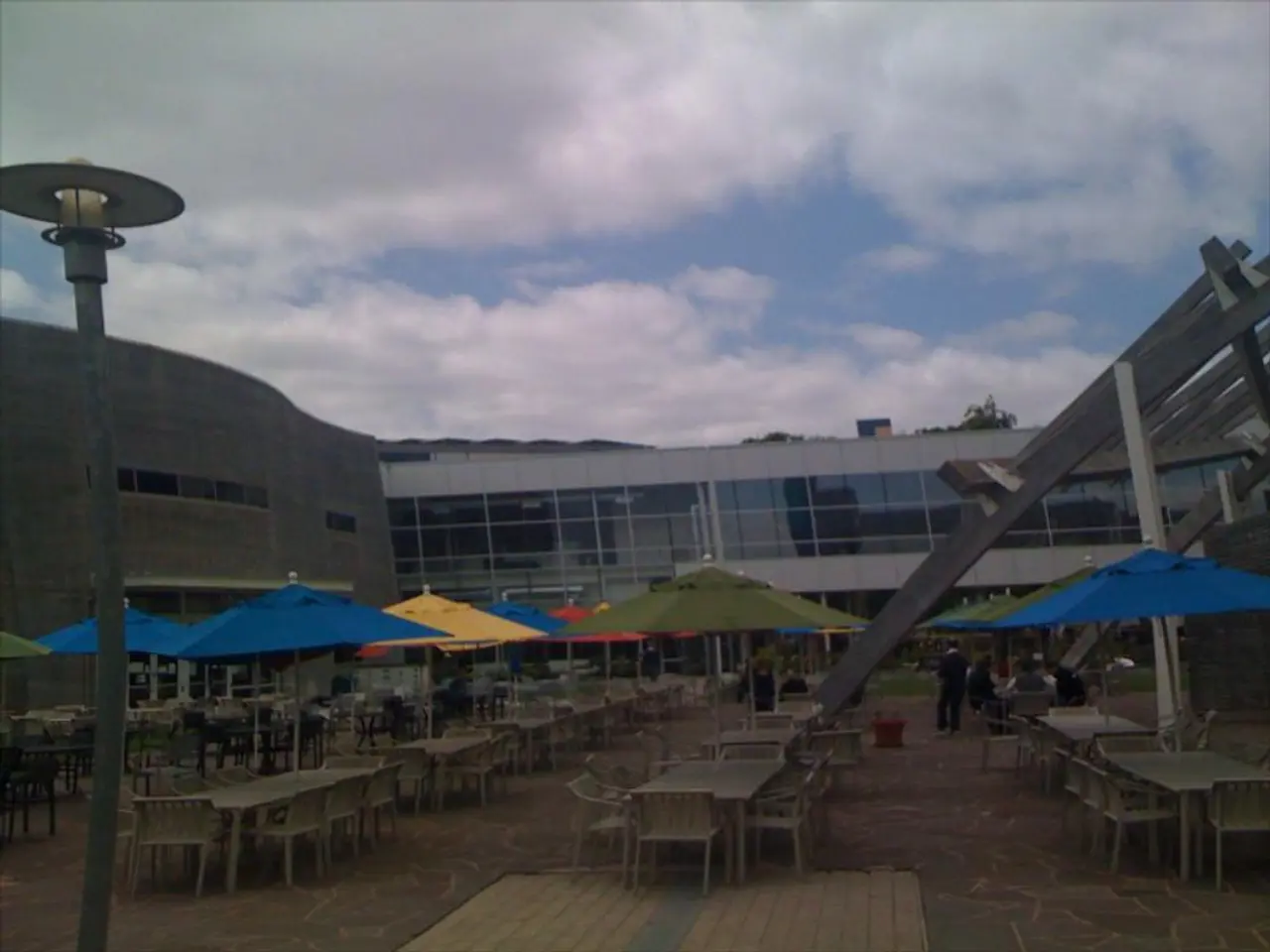Thriving Polyester Staple Fiber Market Projected to Reach a Value of $51.6 Billion by 2034
The Polyester Staple Fibre (PSF) market is experiencing a steady growth, with a current market value of USD 31.7 billion in 2024 [1]. This expansion is expected to continue, with the market projected to reach approximately USD 51.6 billion by 2034, growing at a Compound Annual Growth Rate (CAGR) of 5.0% from 2025 to 2034 [2].
The Asia-Pacific region dominates the market, accounting for 46.8% share and a value of USD 14.8 billion in 2024 [1]. Key drivers of this growth include the expansion in home furnishings, increasing use in apparel, and rising textile production [2].
In the apparel segment, PSF holds a significant share, capturing a 39.7% share in 2024 [2]. This is primarily due to the rising clothing production and consumer textile needs.
Solid PSF, with its high tensile strength, resilience, and excellent blending capabilities, holds a 69.2% market share [1]. The versatility of solid PSF is available in both virgin and recycled forms.
Notable players in the market include Bombay Dyeing, Reliance Industries Limited, Indorama Ventures, Sinopec, and Alpek. Bombay Dyeing is diversifying its PSF offerings, focusing on high-quality fibres for textiles and non-woven applications. Reliance Industries Limited is expanding its PSF business under the RECRON brand, concentrating on high-tenacity and flame-retardant fibres. Indorama Ventures is scaling up sustainable fibre production, including recycled and biodegradable options. Sinopec has expanded its PSF production capacity, leveraging its integrated petrochemical value chain. Alpek, a leading polyester producer, is focusing on increasing recycled PET (rPET) production for PSF.
Indorama Ventures has recently acquired new facilities to strengthen its PSF supply chain. Reliance is investing in recycling technologies to produce eco-friendly PSF, aligning with its net-zero carbon goals. Sinopec is investing in bio-based and recycled polyester fibres to support China's green initiatives.
The global polyester fiber market is also projected to grow, with an 8.01% CAGR for the overall market up to 2032 [4], emphasizing strong expansion in multiple applications and regions.
In conclusion, the PSF market's steady growth is underpinned by its extensive use across apparel, home textiles, and industrial sectors. Technological and product innovations in types of fibres (solid vs. hollow) are contributing to emerging opportunities through 2034. The market's focus on sustainability and recycling technologies is also expected to continue, aligning with global efforts to reduce carbon emissions and promote eco-friendly practices.
References: [1] Grand View Research. (2022). Polyester Staple Fibre Market Size, Share & Trends Analysis Report By Application, By Origin, By Form, By Region, And Segment Forecasts, 2022 - 2034. [2] Grand View Research. (2022). Polyester Staple Fibre Market Report Scope. [3] Grand View Research. (2022). Polyester Staple Fibre Market Segmentation. [4] Smithers. (2021). The Future of Polyester Fibre to 2032: Market Analysis and Forecasts.
In the vast and diverse world of global markets, the polyester staple fiber (PSF) market isn't just limited to its steady growth in industries like home furnishings and textile production. Casino-and-gambling enthusiasts might be surprised to learn that the PSF market's versatility also extends to gaming, with its use in textiles for creating resilient slot machine fabrics and comfortable, long-lasting casino chairs.
In the gaming segment, PSF's high tensile strength, resilience, and excellent blending capabilities make it an ideal choice for manufacturers, ensuring durability and comfort while withstanding the rigors of frequent use in casinos worldwide.




